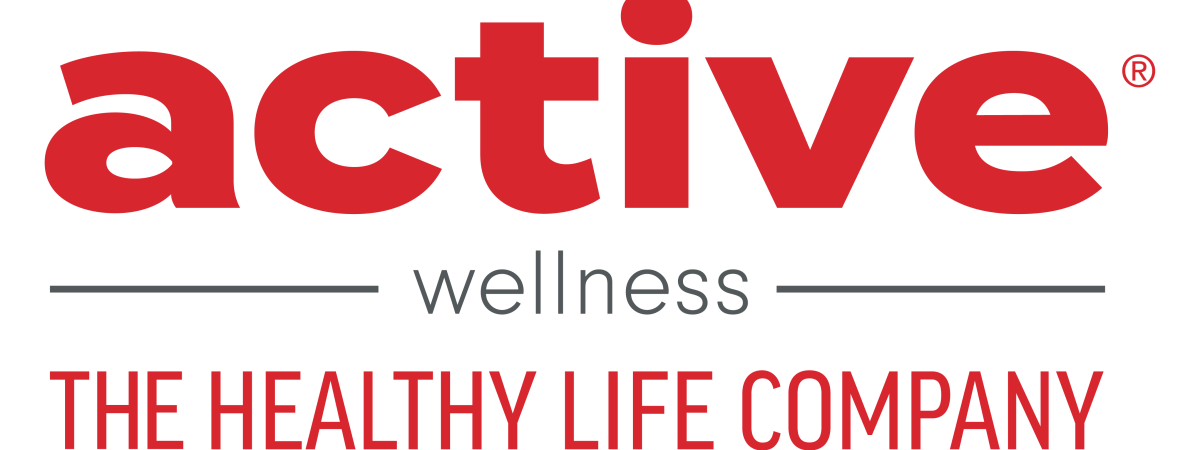
Recommendation for Markarian Electric
To whom it may concern,
I am more than happy to write this letter of recommendation on behalf of a great company, Markarian Electric. Founded more than 20 years ago, Markarian Electric is a trusted provider of electrical services based in Watertown, Massachusetts.
Markarian Electric has built a reputation for excellence in the electrical industry, offering a comprehensive range of services, including residential, commercial, and industrial electrical installations, repairs, and maintenance. It specializes in lighting design, panel upgrades, electrical inspections, troubleshooting, and the installation of generators and security systems.
What truly sets Markarian Electric apart is its exceptional team. Not only are they highly skilled and knowledgeable, but they are also approachable and committed to ensuring customer satisfaction. They bring a level of professionalism, integrity, and attention to detail that is unmatched in the industry. Whether working on a small residential repair or a large commercial project, the team approaches each job with the same dedication and expertise.
I highly recommend Markarian Electric to anyone looking for quality electrical services. With its wide range of offering and dedicated team, you can count on Markarian Electric for top-notch service that exceed expectations.
Sincerely,
George DeMambro
Business Optimization Specialist
Schooley Mitchell
















